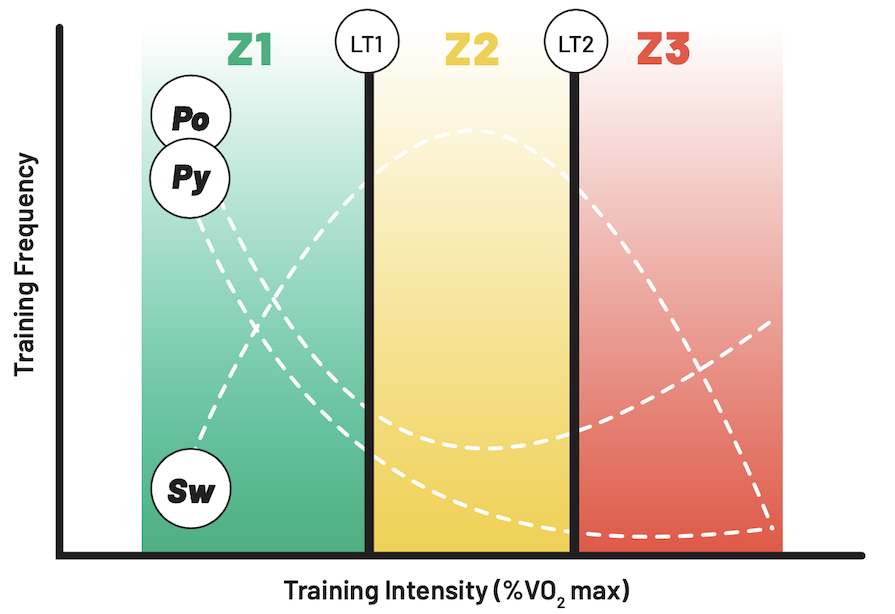Most popular training methods claim to build your aerobic engine, but the training to achieve that goal will look and feel very different.
Most popular training methods claim to build your aerobic engine, but the training to achieve that goal will look and feel very different.





